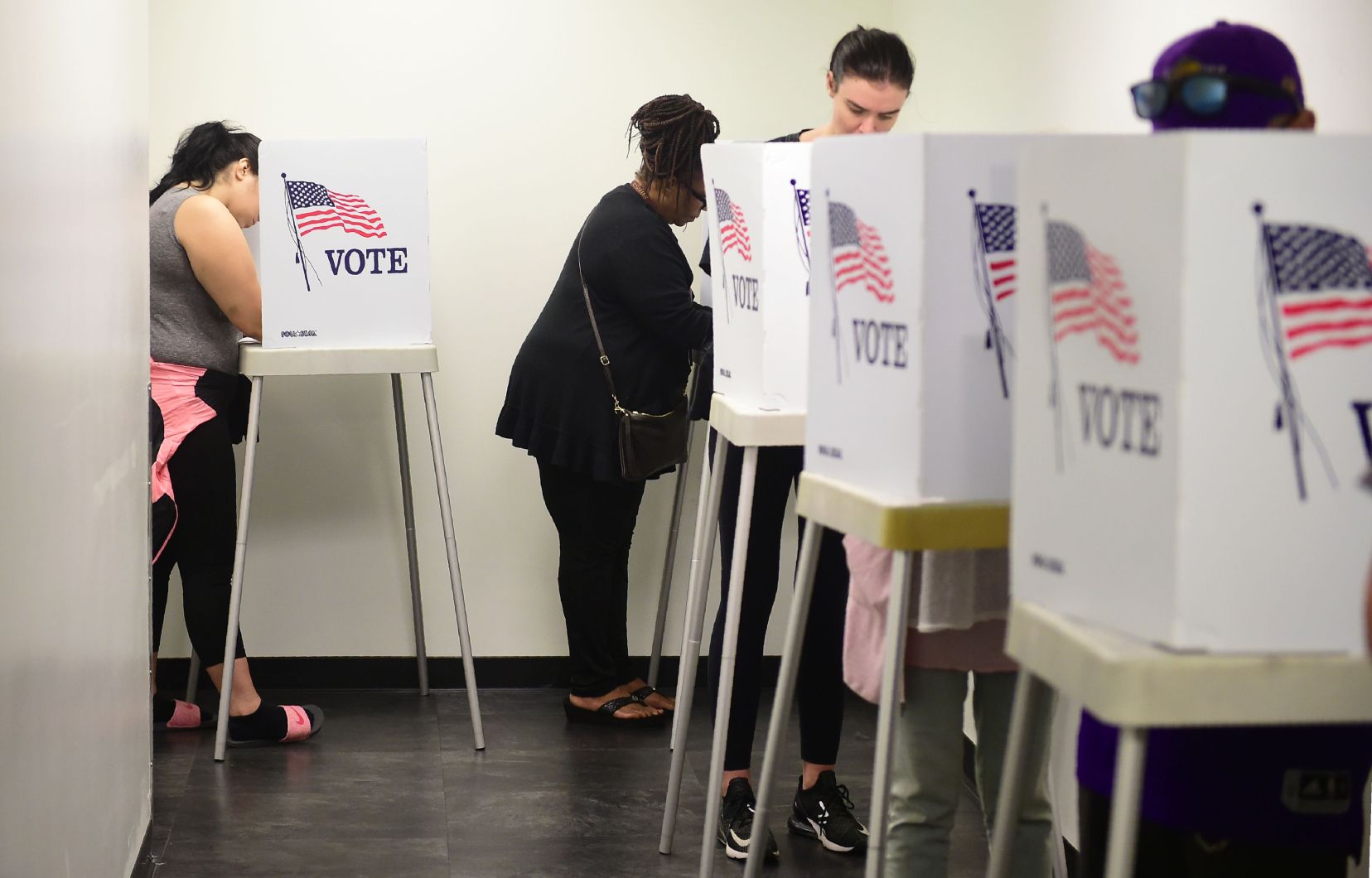This is a response to a reader’s question sent to the US Election Mail team. To subscribe, click here.
Could you give us the main characteristics of the American electoral system and highlight what differentiates it from the Canadian electoral system?
Despite being our neighbor to the south, the United States has a very different electoral system than we do—even beyond how it chooses its leader. Experts say there are five key points that help explain what sets them apart (or, sometimes, unites them).
All the differences stem from the founding principles of our respective electoral systems, summarizes Élisabeth Vallet, director of the Observatory of Geopolitics of the Raoul-Dandurand Chair at UQAM. In the American electoral system, everything rests on the president; in the Canadian system, everything rests on the political parties.
A “distorted” vote
In both cases, the elections are “indirect,” meaning that voters do not vote directly for a head of state. In Canada, each constituency votes for a member of parliament who represents a party. In the United States, each state votes for electors, who then meet to elect a candidate. This is called the Electoral College.
So, even if the concepts of electoral college and constituencies are different, the two systems can lead to “distortions” between the popular vote and the election result, says Karine Prémont, professor of applied politics at the University of Sherbrooke.
“We can end up in the United States – and we have seen this recently – with a president who does not obtain a majority of the popular vote, but who obtains a majority of the electoral college. Here, we can end up with a prime minister who has a majority government with 35% of the votes,” says the expert on American politics.
This “distortion” is also noted by Élisabeth Vallet, who points out that it exists mainly on the American side. The electoral college was historically set up to ensure political representation for less populous states, such as Iowa. A concept that “worked relatively well until the 21st century, where there were a whole bunch of redistributions of powers, redistributions of the electorate and redefinitions of partisan distribution,” notes the woman who also writes a column in The Duty.
The result? “It has become what is weighing down American democracy,” instead of “giving greater legitimacy to a president who had more popular support.” In fact, the opposite is happening today.
An outcome that depends on a few states
Another major difference directly linked to the electoral college: the presidential race is concentrated mainly in “a dozen key states.”
Why only one state in five? Because these are the states that “are not always Democratic or always Republican,” explains Karine Prémont. The “disproportionate” importance of these states translates into a greater presence of presidential candidates – because they are the ones who will “tilt the balance,” and not the states that do not change sides, like California (acquired by the Democrats).
In Canada, some provinces, such as Ontario and Quebec, weigh more heavily because of their larger populations. But the “distortion is much greater in the United States,” says Prémont.
An electoral marathon
Have you noticed that the media coverage of the US presidential election stretches over an entire year? That’s normal: the presidential race spans no less than 11 months.
A glaring difference with federal election campaigns in Canada, which “last around thirty days,” underlines Christophe Cloutier-Roy, deputy director of the Raoul-Dandurand Chair’s Observatory on the United States.
But of course, campaigning for almost a year requires a budget to match. And the way the American system finances it all couldn’t be more different from the Canadian system, he says. “Money plays a much bigger role in the United States. It costs a lot of money to get elected.”
The role of money
American candidates “are responsible for their own campaign and their own financing,” the political scientist explains. “So that’s why members of Congress spend a lot of their time doing fundraisers and calling donors to get money for their campaigns.”
The Americans also have no funding limits per individual or per company. A contrast with Canada, where, in an electoral context, “the role of money is very regulated.” Which leads to less grandiose campaigns than those of our southern neighbors.
Decentralized elections
Finally, American elections are “decentralized,” says Karine Prémont. Each state is “responsible for organizing and compiling the presidential election votes on its territory,” she explains. “This explains why the way to vote can differ from one state to another, or why the way to register as a voter differs from one state to another.”
In Canada, “there is only one federal electoral law, which applies to the entire system.” That is why the way to vote differs little from province to province, says the professor.
